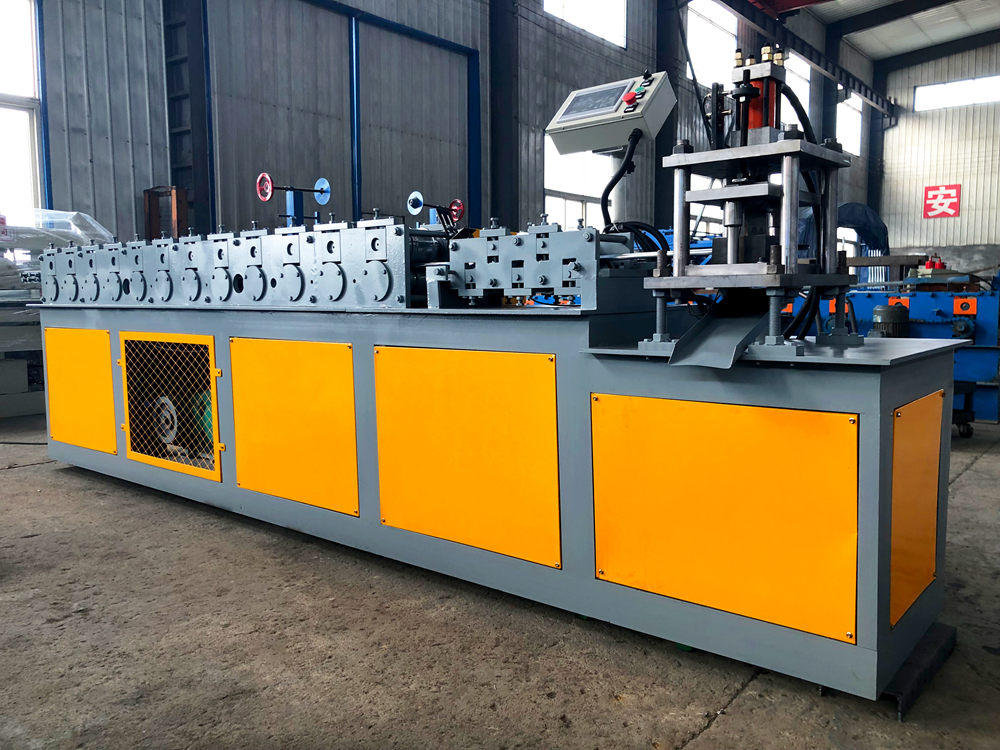
Understanding High-Speed Slitting Lines Efficiency and Precision in Metal Processing
In the ever-evolving landscape of metal processing, the demand for efficiency and precision has brought high-speed slitting lines to the forefront of manufacturing technology. A high-speed slitting line is a sophisticated system designed to cut large rolls of metal sheets into narrower strips with exceptional accuracy and speed. This process is critical for various industries, including automotive, construction, and appliance manufacturing, where component specifications are stringent and the need for rapid production is paramount.
The Mechanism Behind High-Speed Slitting Lines
At its core, a high-speed slitting line consists of several key components unwinding equipment, slitting machines, and recoiling systems. The raw material, typically a coil of metal such as stainless steel, aluminum, or other alloys, is fed into the system. The unwinding section ensures a steady flow of the material, preventing any tension-related issues that could affect the quality of the slitting process.
Once the coil is unwound, the slitting machine takes center stage. It is equipped with precision knives that convert the wide coil into multiple narrower strips. The knives are designed for high performance, allowing for minimal waste and maintaining the integrity of the material. The speed of the slitting line can reach astonishing levels, often exceeding 600 meters per minute, making it suitable for high-volume production environments.
After slitting, the individual strips are gathered by the recoiling system. This mechanism winds the cut strips into new coils for further processing or direct shipment to customers. The entire process is often automated, with advanced control systems in place to monitor and manage the operation efficiently, ensuring optimal performance and minimal downtime.
Benefits of High-Speed Slitting Lines
The advantages of high-speed slitting lines are manifold. Firstly, the increased speed of production allows manufacturers to meet the growing demands of the market without compromising on quality. Fast turnaround times are crucial in industries where time-sensitive projects are common. As manufacturers strive to stay competitive, high-speed slitting lines enable them to maintain productivity while also delivering high-quality products.

Secondly, the precision of high-speed slitting lines minimizes material waste. Advanced technologies and techniques ensure that the cuts are consistently accurate, meaning that less scrap metal is generated during the process. This efficiency not only reduces material costs but also contributes to a more sustainable manufacturing environment.
Lastly, high-speed slitting lines can be tailored to meet specific customer needs. With customizable options, manufacturers can adjust the line configuration to produce varying strip widths and thicknesses, accommodating a diverse range of applications.
Future Trends in High-Speed Slitting Technology
As the industry continues to advance, high-speed slitting lines are likely to evolve further. Innovations in automation, robotics, and artificial intelligence are expected to enhance operational efficiency and precision. Manufacturers are increasingly adopting smart technology that allows for real-time monitoring and predictive maintenance, reducing downtime and optimizing productivity.
Additionally, the integration of advanced materials and finishing techniques will likely play a significant role in the future development of slitting lines. Staying ahead of these trends will be essential for businesses looking to maintain their competitive edge in the ever-demanding market of metal processing.
Conclusion
High-speed slitting lines are a cornerstone of modern metal processing, driving efficiency and precision in production. As technology evolves, so too will the capabilities of these machines, ensuring that manufacturers can meet the dynamic demands of the marketplace while adhering to the highest standards of quality and sustainability. The future of metal processing is bright, and high-speed slitting lines will undoubtedly continue to play a pivotal role in shaping that future.